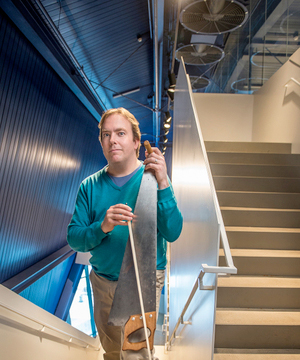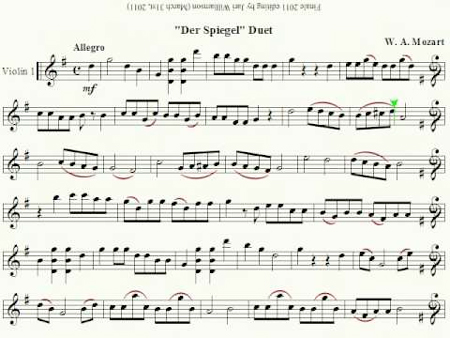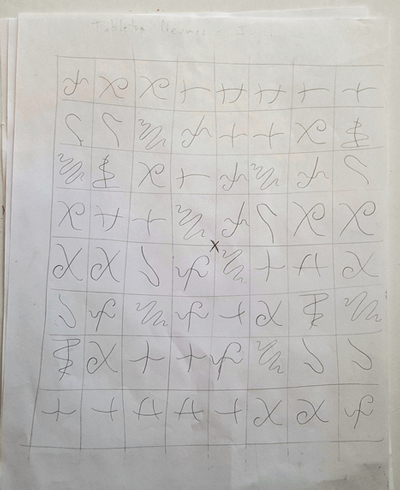by Mike Telin

“I want to get the audience involved with the creation of the music because it gives them an ownership of the process,” Auerbach-Brown said. “And the musicians I’ve chosen to work with are all great improvisers who can pretty much take any noise, and turn it into music.”
The Quiet Trance Ensemble (QTE) and Saturday’s concert came about as a result of Auerbach-Brown being named a 2016 Creative Workforce Fellowship award recipient, a program of the Community Partnership for Arts & Culture made possible by the generous support of Cuyahoga County residents through a grant from Cuyahoga Arts & Culture. The Fellowships enable artists to further their work and to connect to the community in meaningful ways. QTE is comprised of experimental/electronic musicians, and musicians who are well-versed in performing new music. The ensemble performs a variety of musical styles from free improvisation to fully notated works of contemporary music.
Auerbach-Brown pointed out that the only requirement to attend is to bring one or two found objects that are capable of making interesting sounds. “But people should also bring an open mind, and be willing to engage in the improvisational process with the ensemble’s musicians.”
For the jam session, QTE will be joined by local poet and activist Daniel Gray-Kontar, who will lead discussions on a variety of topics by using found noise-making objects as a starting point for open conversations about history, family, neighborhood, and other topics of community. “Daniel is super intelligent, very sensitive, and tuned into community issues,” Auerbach-Brown said. “Because he’s a poet, he can spin words and make things happen on the spot. He also DJs, so I think he will incorporate some of his turntable work into the improvisations. I don’t know what the topics will be, and that’s not terribly important as long as they’re meaningful to people and get them to open up about things that they may not discuss freely.”
Since he’s asking people to participate as musicians, how would Auerbach-Brown respond to someone who says that they are not a musician and therefore don’t think they can do it? “I would tell them that you don’t know until you try. And in this situation there are no wrong notes. All you need to do is to listen and respond to other people in the group.”
In addition to the Jam Session, the program will also included the premieres of the composer’s String Quartet No. 2 and Tabletop Neumes, the latter of which was inspired by Mozart’s tabletop duets, where players perform from the same sheet of music, only one musician plays it in the traditional way, from left to right, while the other plays the mirror image.


Auerbach-Brown said that he is honored to have been selected as a Creative Workforce Fellow. “In the proposal you can’t simply state, ‘I am a great artist and you should give me money.’ The mandate is for the artist to figure out how to best utilize their creative talents in ways that will directly engage the local community.”
The Fellowship has also freed him to pursue his art in ways that he might not have been able to do on his own. “I probably would still be doing projects like this, but I would have had to do it by the seat of my pants, spending as little money as possible and asking for favors, rather than being able to pay people for their time and energy. That has been nice, because I feel strongly that artists should be paid for their work, and the Fellowship has given me the opportunity to that.”
Published on ClevelandClassical.com September 13, 2016.
Click here for a printable copy of this article



